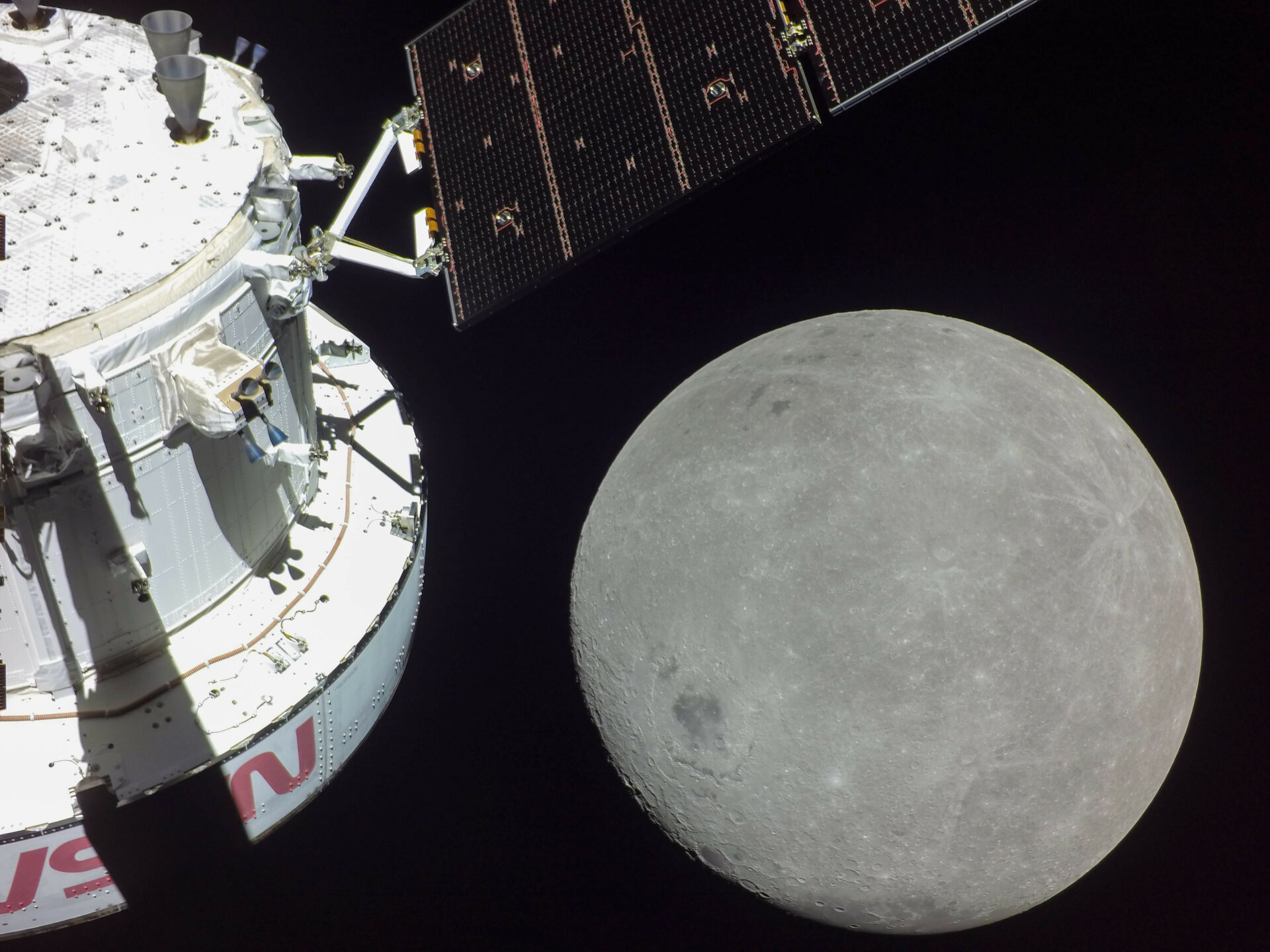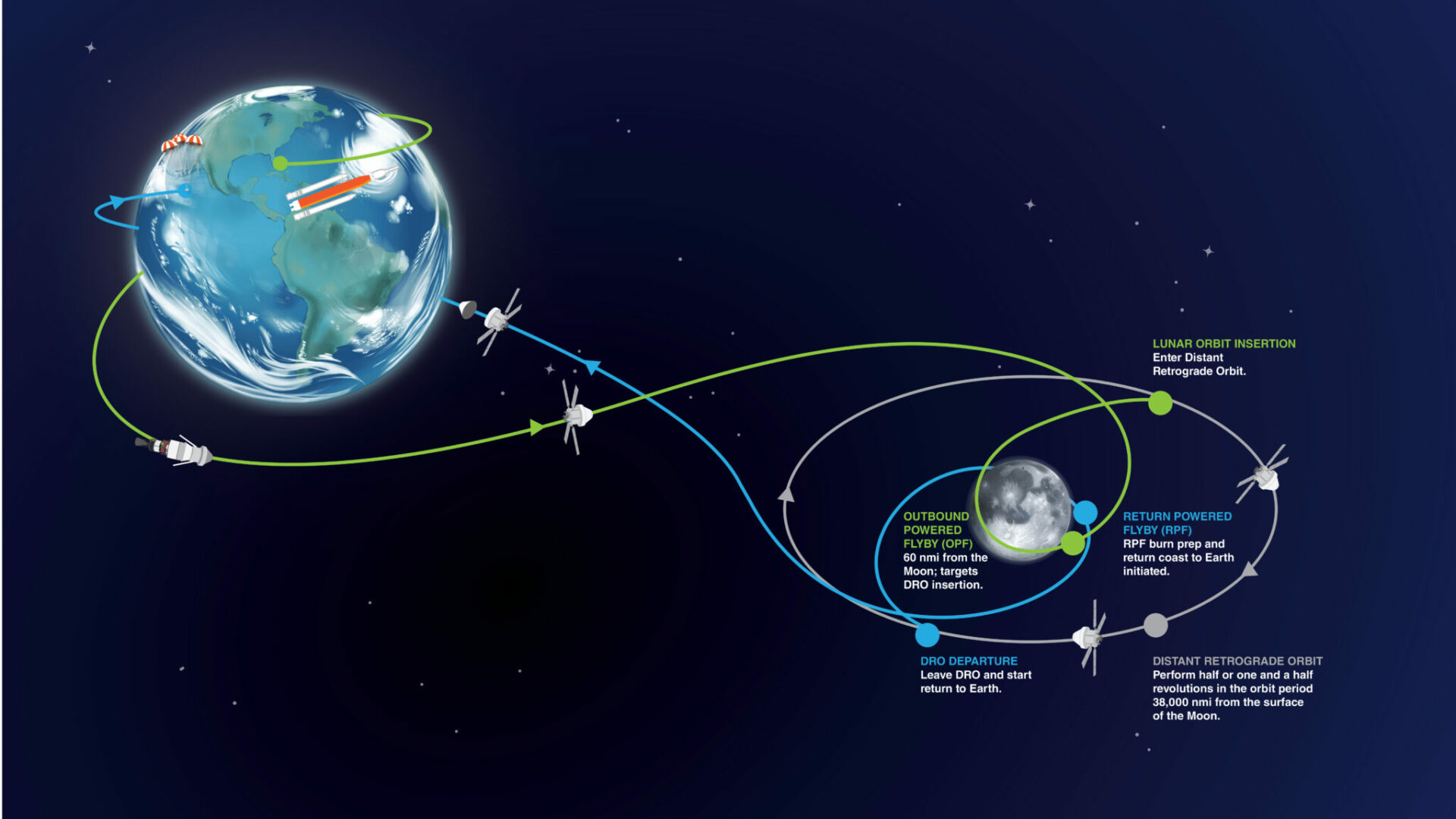NASA’s Orion spacecraft covered more distance from Earth as part of the Artemis I mission than any other vehicle designed for astronauts. Orion performs the entire flight in automatic mode without astronauts on board. The spacecraft overcame a record distance and on November 26 was 400,171 kilometers from Earth. Previously, the record belonged to the Apollo 13 spacecraft, set on April 14, 1970.

Record during an emergency mission
The original Apollo 13 flight plan did not even assume that the spacecraft would fly so far. As it is now widely known, the mission suddenly switched from landing on the Moon to a rescue mission for the emergency return of astronauts to Earth after the explosion of an oxygen tank during the flight seriously damaged the service module of the spacecraft.
“Then we didn’t take into account such a record, because we were so busy that we simply didn’t have time to think about it. At that time, we didn’t even suspect that we had moved a record distance from Earth,” recalls Jerry Griffin, former flight director of the notorious Apollo 13 mission.
Apollo 13 reached such a distance because there was an urgent need to use the gravity of the Moon to return the spacecraft to Earth as quickly and as safely as possible.
Random Record Artemis I

The Artemis I flight was not specifically planned to break the Apollo 13 record. This happened only because NASA sent the Orion capsule to the far retrograde orbit of the Moon. NASA expects Orion to reach a maximum distance of 432,194 km from Earth on November 28. From there, it will continue to travel around the Moon until it starts the engine of the orbital maneuvering system to leave the distant retrograde orbit, making a second close flyby of the Moon on December 5, followed by a return to Earth on December 11.
Earlier we reported on how the first photos from the Orion spacecraft looked.
Follow us on Twitter to get the most interesting space news in time
https://twitter.com/ust_magazine

